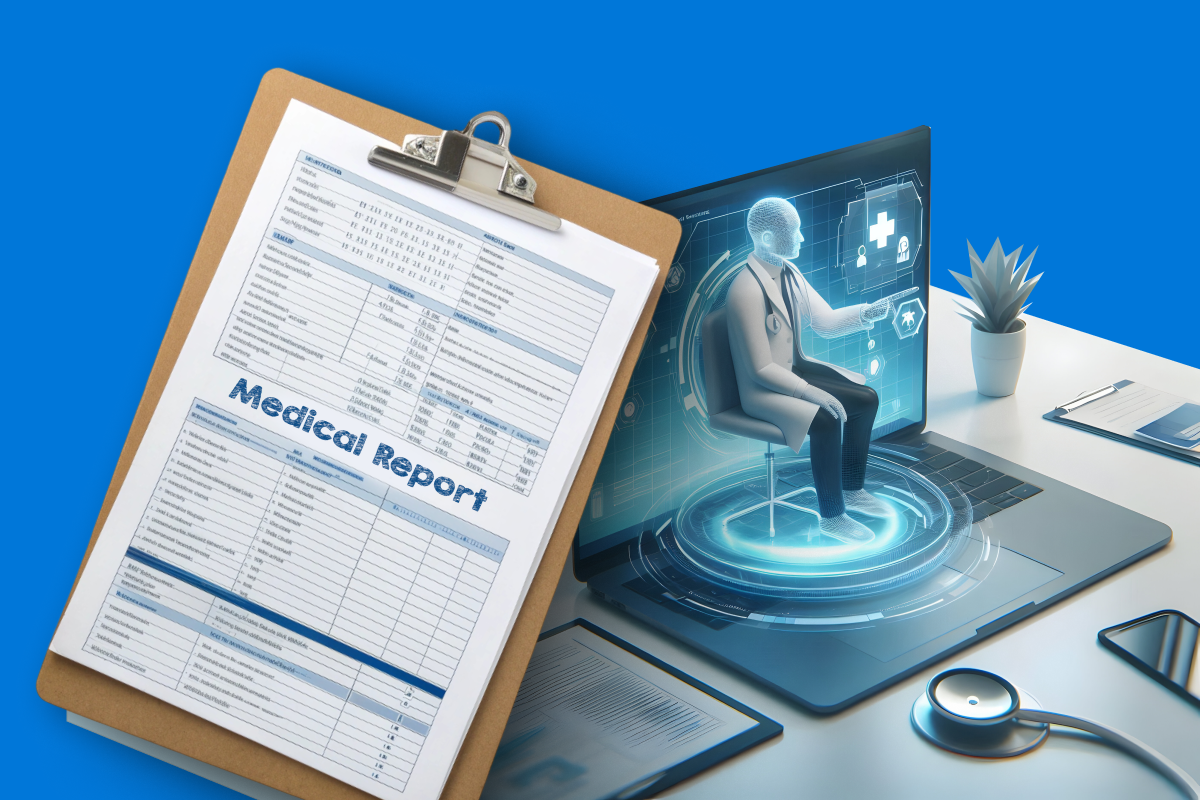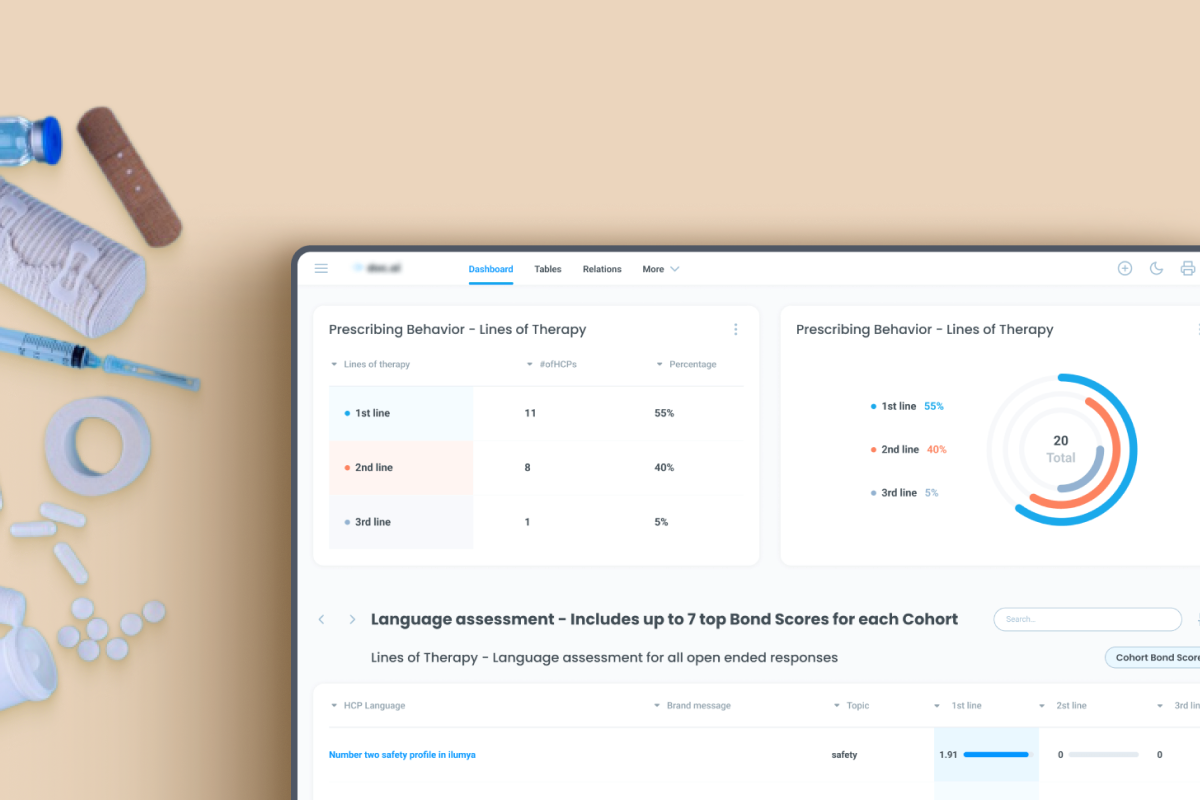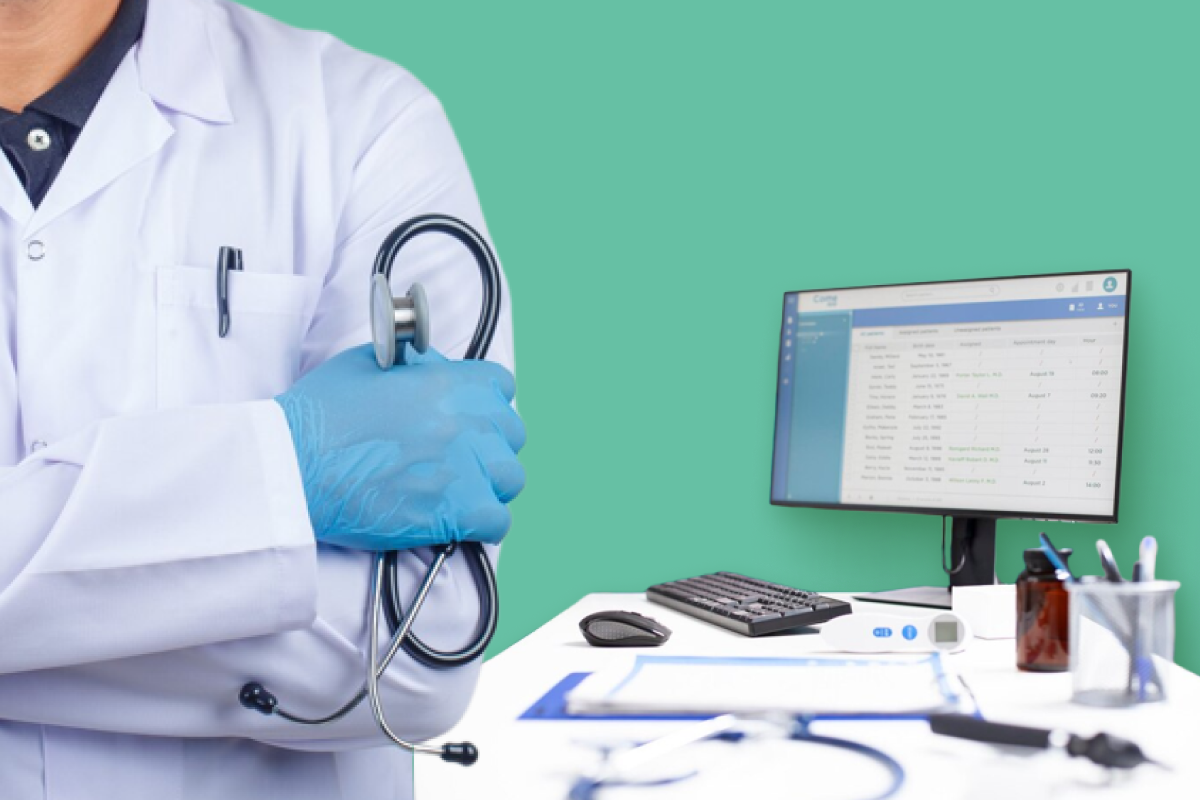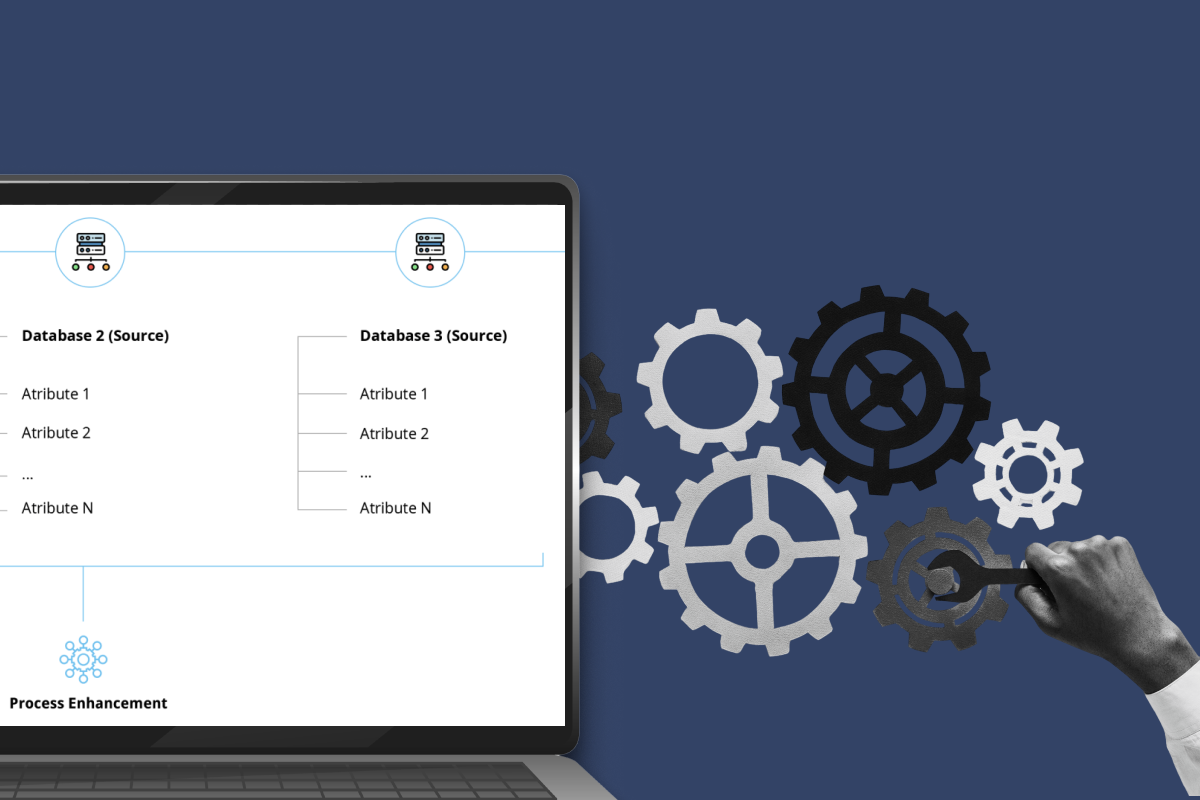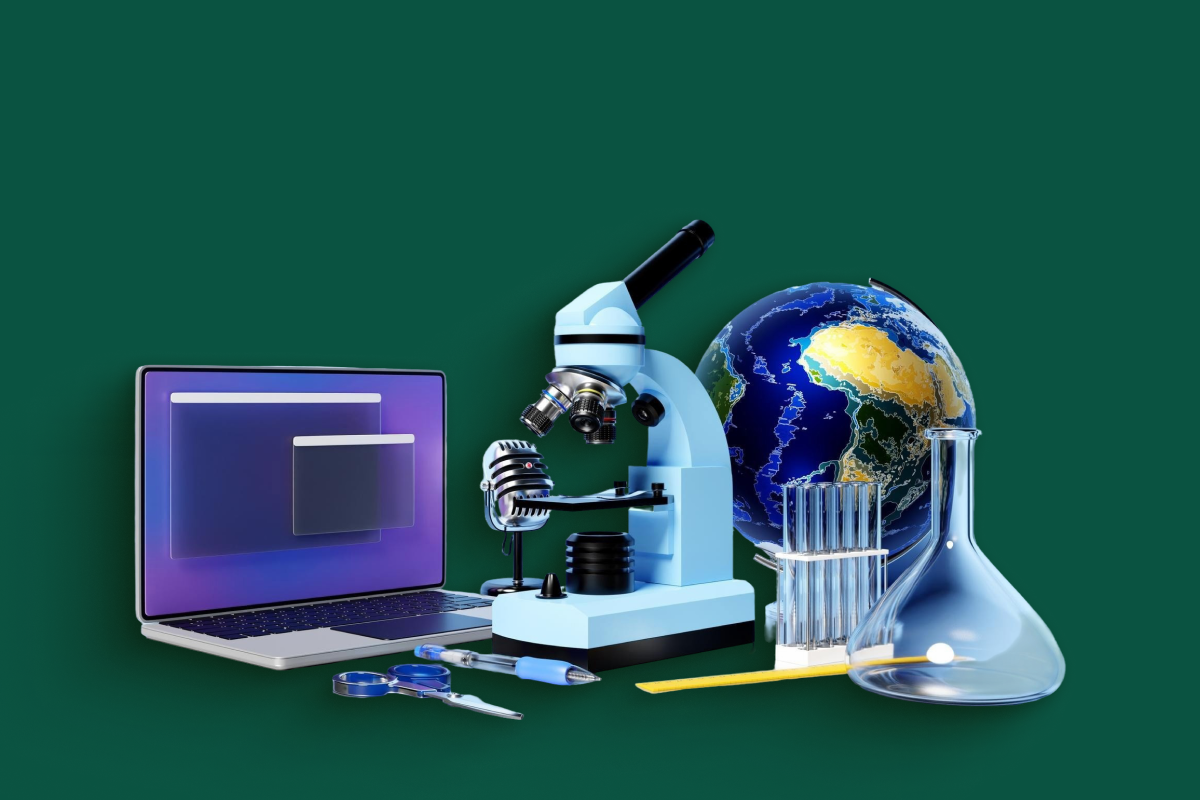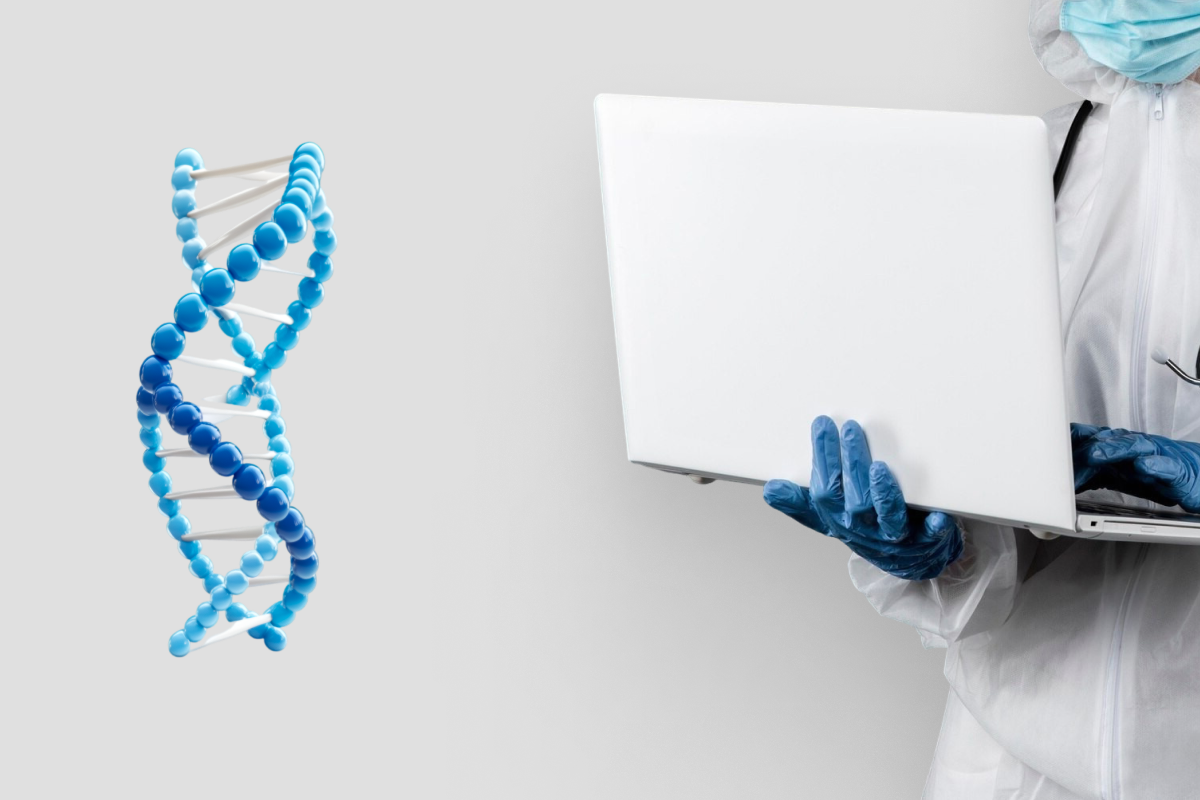All Technologies Used
Motivation
The objective was to develop a more efficient and accurate solution for calorie counting by using deep learning and computer vision. Unlike current calorie tracking applications that rely on manual data entry, Azati aimed to automate the process of estimating calorie content through the analysis of food images.
Main Challenges
One of the key challenges was ensuring a sufficient amount of high-quality training data. Different products and cooking methods resulted in varied calorie counts, and Azati had to collect diverse images of dishes to account for all possible variations. For example, the calorie content of a boiled egg differs from a fried one, and this needed to be captured in the data.
The AI algorithm struggled with inconsistencies in lighting, angles, and dish sizes. To overcome this, Azati had to account for situations like partial food images or varying plate sizes. Manual adjustments were made to compare and calculate data accurately, ensuring that the algorithm could recognize and estimate calorie content correctly.
Our Approach
Want a similar solution?
Just tell us about your project and we'll get back to you with a free consultation.
Schedule a callSolution
AI-Based Food Recognition Module
- AI-driven recognition of individual food components
- Supports complex dishes with multiple ingredients
- Accurate calorie estimation per item
Visual Calorie Breakdown Module
- Visual highlighting of individual ingredients
- Calorie breakdown per food component
- Improves user comprehension and engagement
Manual Mapping and Template Module
- Manual labeling and categorization of food items
- Template-based recognition for consistent accuracy
- Reduces errors in multi-ingredient dishes
Real-Time Processing and Reporting Module
- Instant calorie estimation from food images
- Real-time feedback for users
- Scalable processing for thousands of dishes
Business Value
Automated Nutrition Tracking: Simplifies calorie counting by removing the need for manual input.
Faster and More Accurate Insights: Processing time decreased by 60–80%, and calorie estimation accuracy improved by 85–95%.
Improved Model Performance: AI accuracy and recognition improved by 40–55%, ensuring reliable results for complex dishes.
Applicable Across Industries: Healthcare, fitness, catering, agriculture, and daily nutrition benefit from automated food recognition.
Enhanced User Experience: Visual breakdown of meals makes nutrition tracking intuitive and actionable.
Scalable and Extensible: The system can handle thousands of dishes and ingredients, ready for future enhancements or integration with health platforms.
Data-Driven Decision Making: Enables users and organizations to monitor diets, improve meal planning, and support health-related insights.
Cost and Time Efficiency: Reduces time spent on manual tracking while increasing accuracy and consistency.



